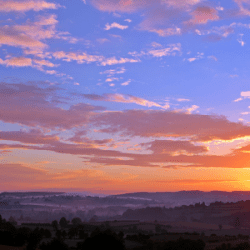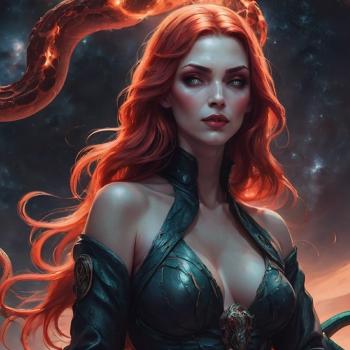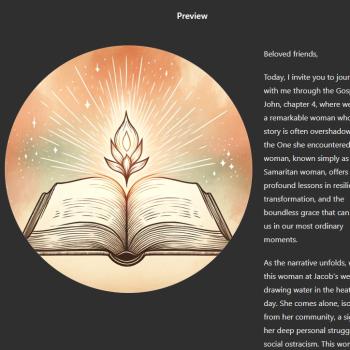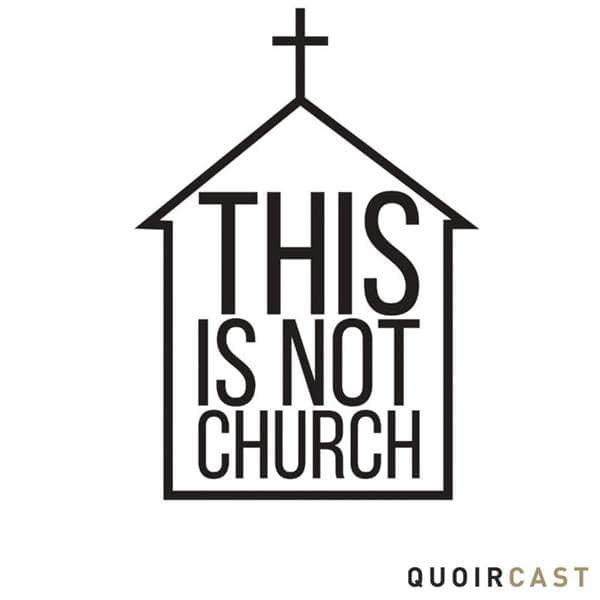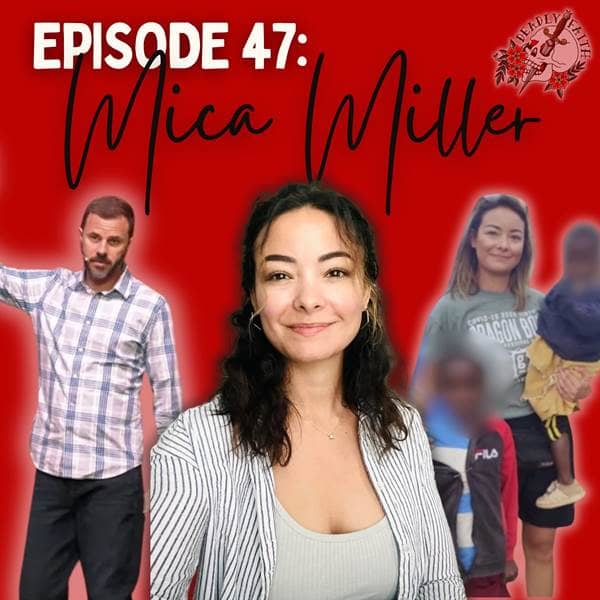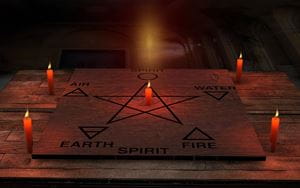
Wicca is a modern neo-Pagan religious movement initiated in the early 20th century. It draws on a wide diversity of esoteric traditions, including ancient Celtic lore, theosophical teachings, nature spirituality, and witchcraft. Like most Pagan traditions, Wicca is diverse, without universally embraced or strictly articulated belief systems, sacred narratives, or requisite rituals.
Most Wiccans trace their roots to the work of Gerald Brousseau Gardner (1884-1964), a British author who fashioned a new system of spirituality that reflected both ancient lore and modern sensibilities. Gardner published several essential texts, many of which are central to the practice of many Wiccans. Wicca has grown increasingly popular in the decades since Gardner’s death, though most of its followers are in North America or Europe.
Most Wiccans worship a divine pair, a Goddess (sometimes associated with the moon) and the Great Horned God (Cernunnos or Kernunno), that together express the divine that pervades all Nature. Because this worship includes both the masculine and the feminine aspects of divinity, rituals usually include both a priest and priestess. One of their central rituals is called Drawing Down the Moon, which takes place during a full moon. In a coven (a Wiccan community gathering), the priestess opens herself to be possessed by the moon Goddess, who then speaks to the community prophetically or instructionally. Some Wiccans are solitaries, meaning they associate with no covens. Their practices are not dissimilar to Wiccan communities, but their magical rituals are tailored to their own spiritual experiences and needs.
Wiccans practice “white magic” (or magick), which involves spells and incantations that are meant to heal or benefit the self or others. Wiccans reject any practice of magic that may inflict curses or harm on another, as does “black magic.” Wiccan rituals utilize a variety of implements from nature or the occult—crystals, candles, herbs, incense, and tarot cards. Their major festivals are tied to seasonal changes and together they are sometimes referred to as the Wheel of the Year. They include Imbolc (in early February), Ostara (the Spring equinox), Beltane (in early May), Midsummer (the Summer solstice), Lughnasadh (in early August), Mabon (the Fall equinox), Samhain (Halloween), and Yule (the Winter solstice). Each of these is an opportunity to worship the Horned God and the Goddess, welcome the changes of nature, draw on spiritual powers, and practice healing magic.
Wiccans are known in part for their moral code, referred to by many as the Wiccan Rede. It is summarized as “If it harms none, do what you will.” This ethic allows for maximum individuality and freedom, and yet warns followers that malice and rituals that seek to manipulate others or inflict harm will redound on the practitioner.
Many Wiccans believe in reincarnation, finding death a natural transition into a new opportunity for life. They may also embrace Dharmic notions of karma, believing that individuals’ experiences reflect their ethical integrity or lack thereof, and shape their future. Other Wiccans, who might draw more heavily on pre-Christian traditions, envision the afterlife in concepts reminiscent of Celtic lore (Tir na n’Og, a paradisal land) or Norse lore (Valhalla, the destiny of the heroic) or Greek mythology (Elysium, the place of the virtuous).
3/14/2023 6:51:52 PM

